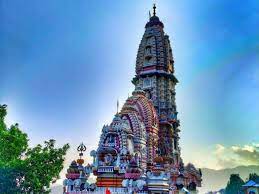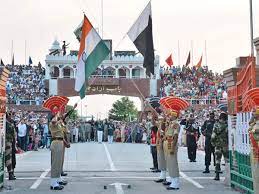BALLET THROUGH TIME

Ballet is a form of performance dance that originated during the Italian Renaissance in the 15th century and evolved into a concert art form in France and Russia. Over time, it has become a highly technical and widespread style of dance with its distinct terminology. Ballet has had a significant global impact, influencing numerous other dance styles and cultures, and its fundamental techniques are integral to many forms of movement around the world. As ballet spread, different schools adapted it to reflect their unique cultural influences, leading to diverse interpretations and styles.
A ballet production is an integrated work that combines choreography and music, performed by trained ballet dancers. Traditional classical ballets are typically accompanied by classical music and feature elaborate costumes and staging. In contrast, modern ballets often embrace simpler costumes and minimalistic sets.
The tutu, a dress commonly worn for ballet performances, is typically made of stiff materials like silk, nylon, muslin, tarlatan, tulle, or gauze. This iconic garment usually features an attached bodice and is designed to stand out from the waistline, ensuring it remains upright and does not droop during movement.
ORIGIN OF BALLET
Ballet is widely believed to have originated as a formal court dance in 15th-century Western Europe, beginning in Italy before spreading to the French courts through the marriage of Italian and French nobles. One of the earliest supporters of ballet was Catherine de Medici, who, as the wife of Henry II of France, played a key role in promoting dance by funding ballet companies at the French court. Her patronage helped solidify ballet as an esteemed art form in France. Over time, ballet moved beyond its aristocratic roots and began to flourish as a professional performance art. By the 17th century, ballet had spread across Europe, with professional ballet academies established in many Western European cities. Paris, in particular, became a hub for ballet development, where performances were first presented on stage rather than in the royal court. These academies played a pivotal role in codifying ballet technique, and ballet began to be recognized not only as a courtly pastime but as an artistic expression in its own right, eventually leading to the global influence ballet enjoys today.
TYPES OF BALLET
1. CLASSICAL BALLET
Classical ballet is rooted in traditional ballet techniques and terminology, with various styles that have developed in different countries over time. Notable styles include French ballet, Italian ballet, English ballet, and Russian ballet, each with its distinctive characteristics. Many of these classical styles are tied to specific training methods, often named after their creators. For example, the Royal Academy Method of Dance is a unique style of ballet developed by a diverse group of ballet dancers who combined Italian, French, Danish, and Russian techniques. This style, recognized internationally as the English style of ballet, is one of the most prominent training systems in the world.
2. ROMANTIC BALLET
Romantic ballet emerged as an artistic movement within classical ballet during the 19th century, particularly in the mid-1800s. Characterized by a focus on ethereal beauty and intense emotional expression, Romantic ballet emphasized the technical development of female dancers, notably through the introduction of pointe work, long flowing tutus, and the portrayal of supernatural themes. The movement was deeply influenced by the Romantic era in art and literature, which emphasized emotion, imagination, and the sublime.
3. CONTEMPORARY BALLET
Contemporary ballet represents a fusion of traditional ballet techniques with modern dance innovations, offering a more flexible and dynamic approach to movement. While still grounded in classical ballet training, contemporary ballet often incorporates elements such as barefoot dancing, mime, and acting, and is performed to a wide variety of music, from orchestral pieces to vocal arrangements.
4. NEOCLASSICAL BALLET
Neoclassical ballet emerged as a response to the emotional intensity of Romantic ballet, returning to a more abstract and formalized approach to movement. This style often lacks a clear narrative, and performances are typically stripped down, featuring minimal or no costumes, scenery, or elaborate staging. Neoclassical ballet often incorporates a diverse range of musical styles, including neoclassical composers such as Stravinsky and Roussel, and is noted for its focus on purity of form and the technical mastery of the dancers.
You may like post

FROM SACRIFICE TO RESURRECTION
Understanding Good Friday and Easter Sunday

THE MOST BREATHTAKING TRAIN RIDES TO TAKE THIS FALL
Explore Autumn’s Best Rail Adventures Around the Globe







